 Hire a Tutor
Hire a Tutor 






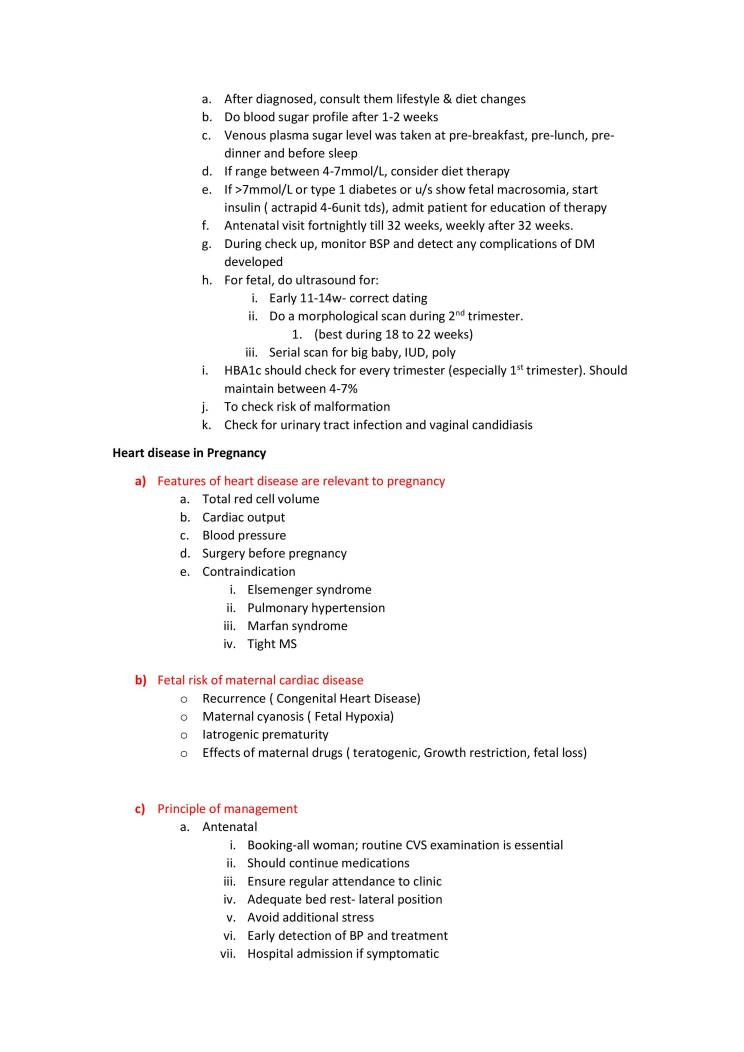





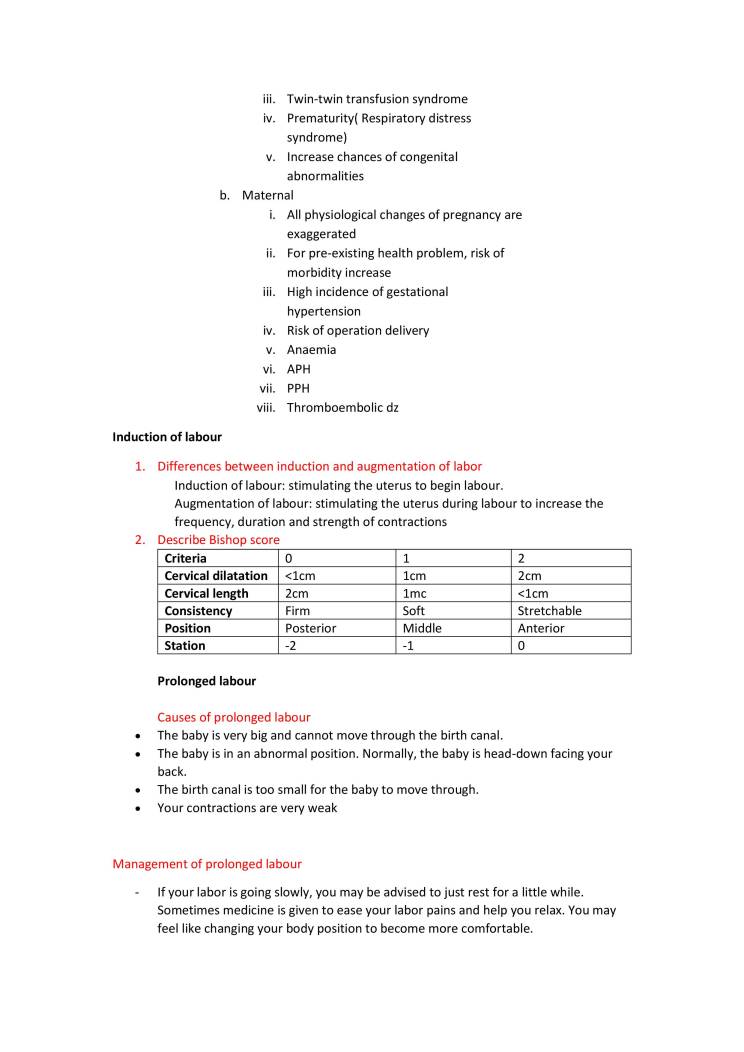
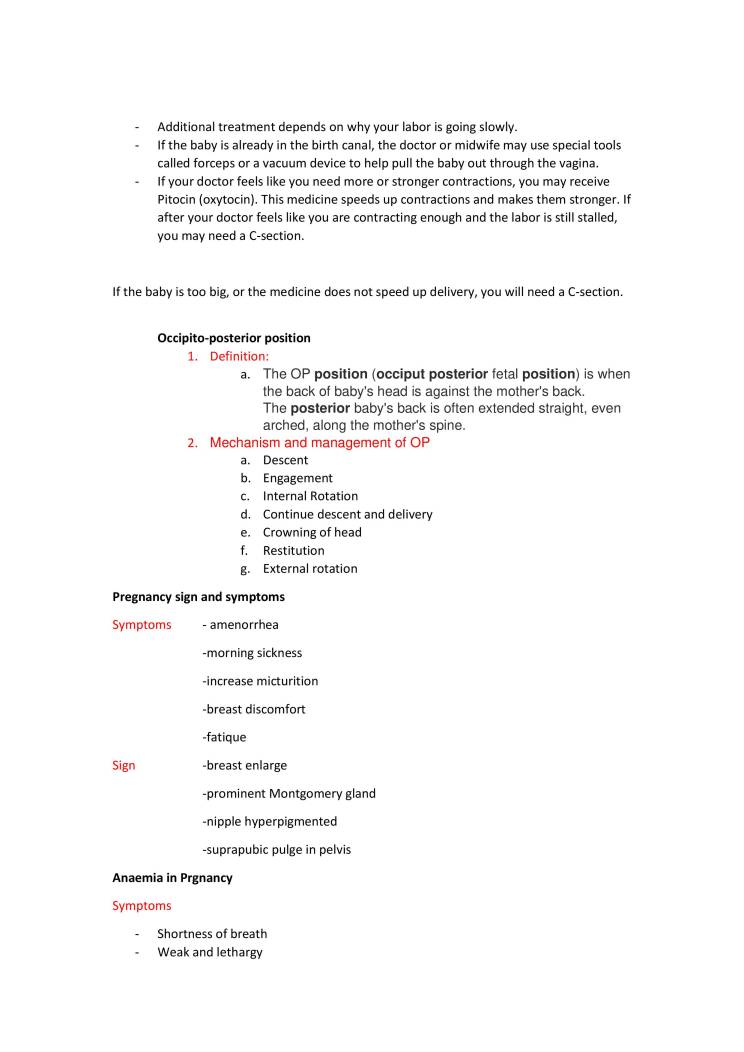
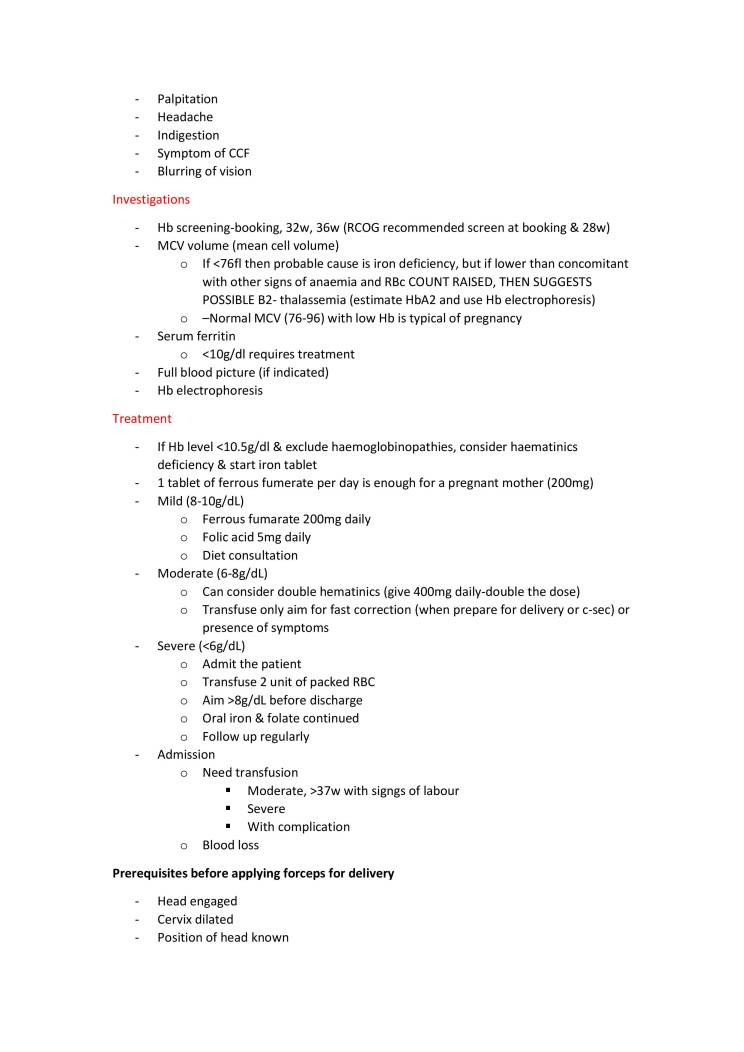

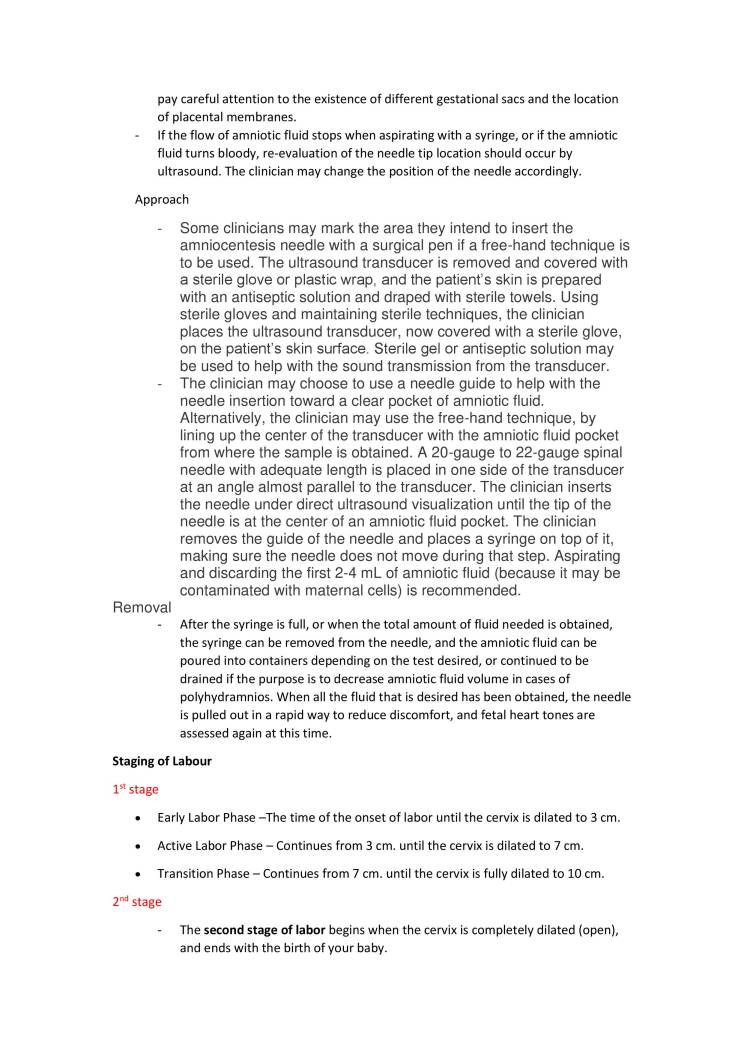
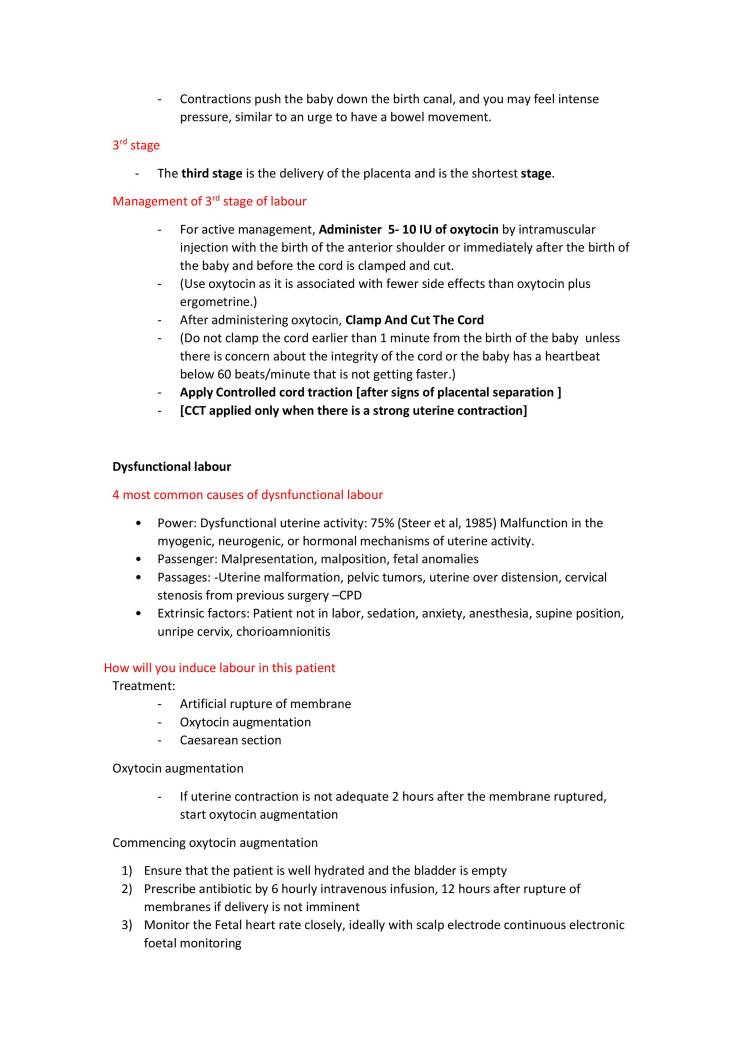
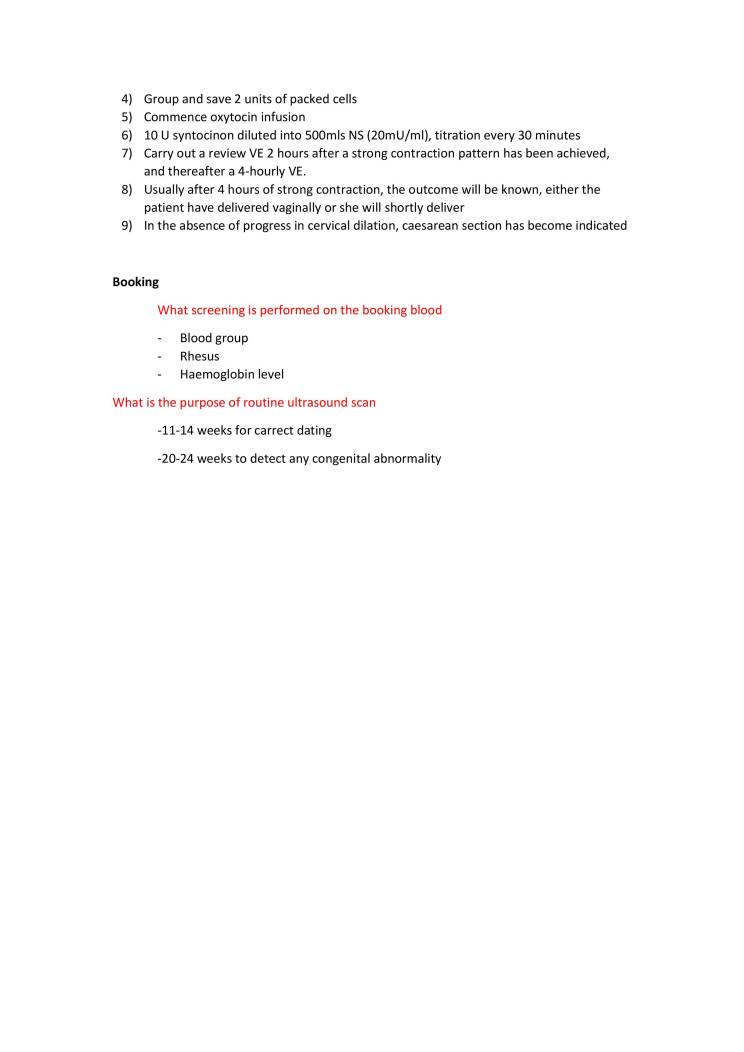
This is a concise notes for OBGYN which will be helpful for the clinical students.
1 year of teaching experience
Qualification: Bachelor of medicine and Bachelor of surgery (MBBS)
Teaches: Mathematics, Science, Bahasa Tamil, Biology, Tamil, Medical
